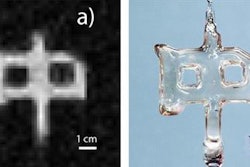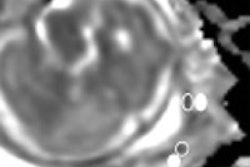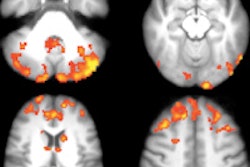Duke University researchers are developing a new class of molecules that could be used in MR hyperpolarization studies, enhancing signal dramatically and making such exams easier to perform, according to a study published online March 25 in Science Advances.
Nuclear spin hyperpolarization is a technique for boosting nuclear MR signal sensitivity by four to nine orders of magnitude, enabling users to acquire detailed information on chemicals that are present in low concentrations in the body. But MR hyperpolarization can be expensive, and hyperpolarized markers have short signal lifetimes, typically one to two minutes, according to the researchers.
The Duke researchers have developed a technique in which molecular tags are mixed with a spin-polarized form of hydrogen and a catalyst. They started with a technique that used parahydrogen to induce polarization, called signal amplification by reversible exchange (SABRE), and modified it with a protocol they called SABRE in shield enables alignment transfer to heteronuclei (SHEATH).
Researchers using SABRE-SHEATH were able to rapidly hyperpolarize a molecule containing diazirine, a chemical structure composed of two nitrogen atoms bound together in a ring. SABRE-SHEATH hyperpolarized diazirine efficiently and rapidly, several orders of magnitude more cheaply and rapidly using a common conventional technique, the researchers said.
Diazirine molecules hyperpolarized with SABRE-SHEATH were able to enhance MR signals for over an hour, they reported. The duration even exceeded that of radiopharmaceuticals used in PET, such as 20 minutes for carbon-11.
The technique has the potential to show body chemistry in action, said study co-author Thomas Theis, assistant research professor of chemistry at Duke. It could also be used to hyperpolarize a wide variety of chemical structures at a fraction of the cost of other methods, the study authors noted.



.fFmgij6Hin.png?auto=compress%2Cformat&fit=crop&h=100&q=70&w=100)




.fFmgij6Hin.png?auto=compress%2Cformat&fit=crop&h=167&q=70&w=250)











